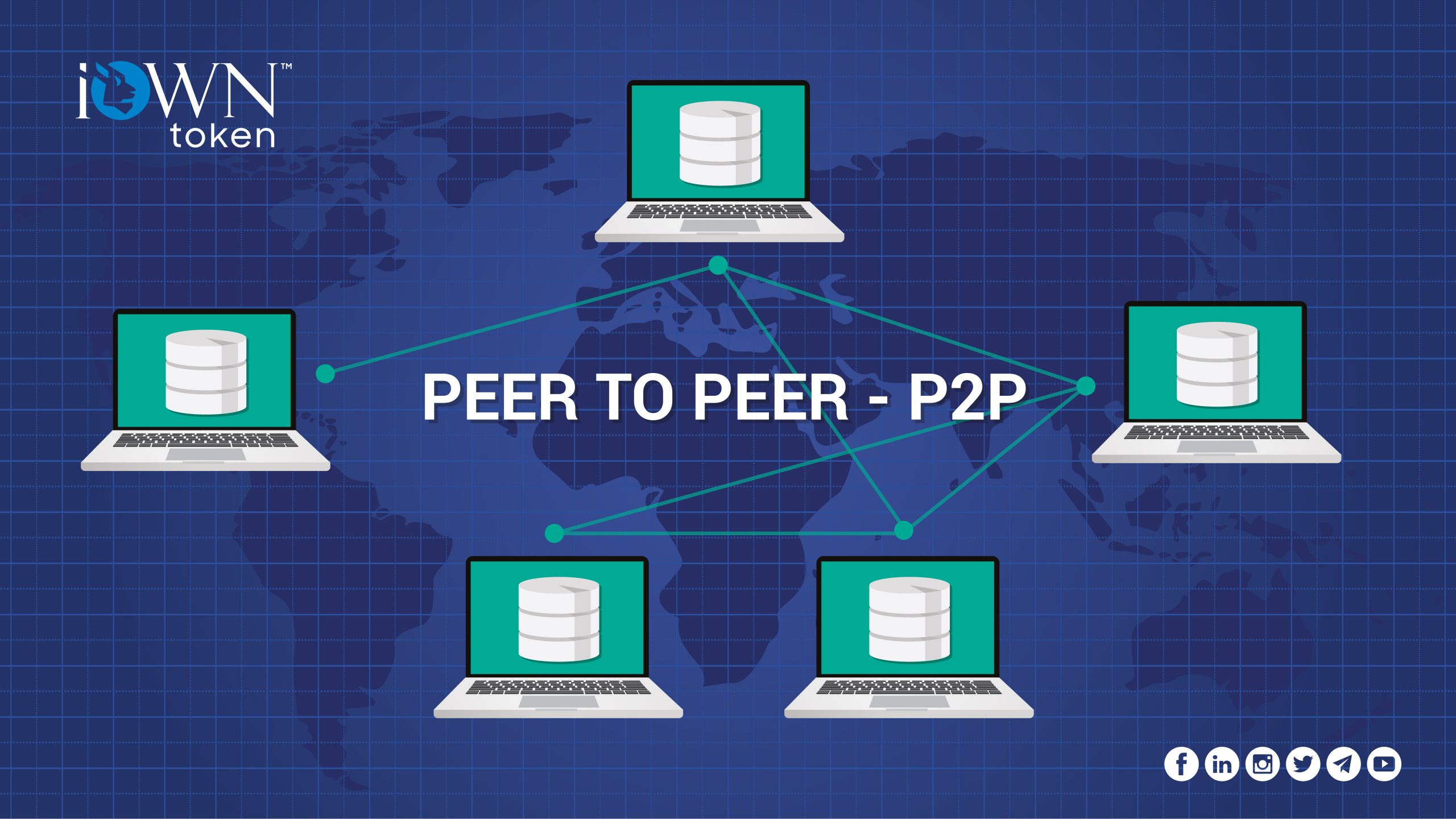
Cryptocurrencies are generally based on blockchains, the exception being IOTA. While there may be other cryptocurrencies in the future that may be based on other technologies, all of them fall under the category of Distributed Ledger Technology (DLT). DLTs are a type of data structure that is centered on the concept of an agreement between various parties of shared digital data that is synchronized and distributed across various locations. In essence, it is a decentralized peer-to-peer network. It is highly efficient due to a consensus reached between the said parties without the involvement of a centralized authority.
Since blockchains, and by extension cryptocurrencies follow the same decentralized system, there is no need to trust any third-parties. Placing your trust in a third-party centralized authority, like an exchange house, defeats the purpose of decentralization. In such a case, exchanges become the equivalent of banks for your crypto assets. Hence, it does not make sense at all in the crypto industry! Moreover, crypto exchanges are more prone to hacks as compared to individual wallets.
- Users do not have complete control over their private keys. They can be accessed by the exchange houses. And always remember the adage ‘Not your keys, not your crypto’.
- Users don’t have complete visibility if the funds are segregated from the exchange’s assets or other users’ assets.
- Exchanges may use the funds to get collateral or cover their expenses.
- Users may lose access to funds, or have their withdrawals suspended if the exchange misuses the funds.
- Users may also not be able to access their funds if the exchange faces any technical issues or undergoes any maintenance.
- Users’ funds depend on one centralized entity to take care of them. If the software of this entity fails or malfunctions, your funds are lost and can’t be recovered by other exchanges.
- Sudden delisting of certain crypto assets by exchanges causes an unnecessary shift in their prices as users rush to panic-sell them.
- There have been a few cases of fake crypto exchanges.
- The wallet does not have access to your funds. They can only read the public ledger to display the balances in your addresses.
- Only you own the private keys of the wallet, so you always have access to do any transactions.
- Even if the software of the non-custodial wallet provider is under maintenance or becomes obsolete, you can still transfer your tokens to another non-custodial wallet software and retain access to your assets.
- Your funds belong to you, so they are segregated on the public ledger. No one can use your funds as collateral or claim they belong to them as assets.
- Non-custodial wallets can be connected to decentralized exchanges, so you can swap tokens at any time.
To read more, check our blog ‘Are Non-Custodial Wallets Safer?’ (Hint: Yes, they are!) One such non-custodial wallet is the iOWN Wallet. It is a multi-chain wallet that supports BNB Chain, Ethereum, and Polygon. Support for more platforms will be added later. It can be used to buy, send, receive, and store iOWN Tokens, along with other cryptocurrencies. The wallet has a 12-word Secret String that is generated on the user’s device and can be used to gain access to the wallet. This Secret String is your private key and can only be accessed by you.
Please note that the purpose of this article is not to scare you, but to make you aware. Utilizing the technologies and infrastructure from Web 2.0 because people are used to how it works to transition to Web3 is not a good judgement call. People need to upgrade and understand how to stay safe to fully utilize the power of the emerging technology.